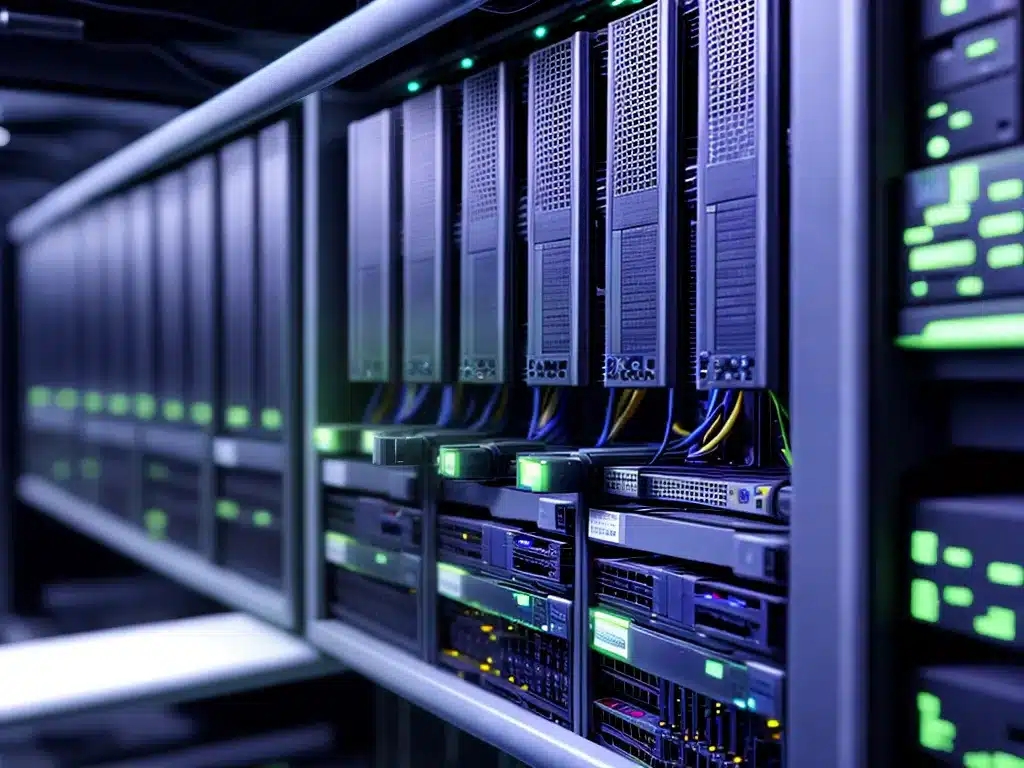
Data backup is crucial for Linux servers and workstations to protect against data loss. As the sole administrator, I research the various backup options to determine the best solutions. There are several factors I must consider when choosing a backup strategy.
Local Backup Options
Local backups involve copying data to a separate storage device directly attached to the Linux machine. This allows for fast and convenient backups without relying on a network connection.
External Hard Drives
External USB hard drives provide a simple local backup target. I can automate backups to run incrementally or on a schedule. Large external drives are affordable and offer capacities for full system backups. However, data is still susceptible to physical damage or theft along with the server.
Tape Drives
Tape drives like LTO provide high capacity storage for backup data. Tapes are relatively inexpensive and make an offline backup copy. However, restoring from tapes is slow and cumbersome. Tape technology also requires some physical security similar to external drives.
Solid State Drives
SSDs are very fast, durable backup devices. With no moving parts, SSDs better withstand physical shock compared to spinning hard drives. But the capacities of SSDs are smaller and prices are higher compared to HDDs. I need to weigh the costs against the performance and resilience benefits.
Network Backup Options
I can utilize my local network and Internet connectivity to transfer backup data to remote servers and cloud storage services. Offsite backups help mitigate risk of theft, damage, or destruction of local backup media.
Remote Servers
I can deploy a dedicated backup server on my local network. This provides a scalable storage target. But I must also backup the data on the remote server as well. And connectivity issues can impact backup speeds.
Cloud Storage
Public cloud services like Amazon S3, Backblaze B2, and Wasabi hot cloud storage allow me to send backups offsite over the Internet. Cloud backups involve recurring fees but massive scalability. Latency may affect backup times. I also relinquish full control and security of my data.
Hybrid Cloud
Some solutions like Acronis Cyber Backup combine local disk caches with cloud storage for hybrid backups. Backups run quickly from local cache which then syncs with encrypted cloud storage for offsite copies. This helps balance speed, security, and convenience. But fees still apply for cloud usage.
Backup Software
The right software helps schedule, automate, encrypt, and track my backups. Linux includes command-line tools like rsync. But dedicated backup suites add user-friendly administration and reporting. Commercial products like Veeam Backup & Replication support comprehensive data protection across physical and virtual environments. Open source options like Bacula provide IT-oriented solutions at no license cost. I must evaluate the capabilities against my specific environment and use cases when choosing backup software.
Backup Strategy
I need to develop a backup strategy that incorporates multiple layers of protection. Local backups provide fast system recovery. Offsite cloud backups protect against site disasters. I should follow the 3-2-1 backup rule – three copies of the data, using two different media types, with one copy offsite. Testing backups regularly and verifying their integrity is critical. Following best practices for Linux backup means my servers and workstations remain resilient against data loss.












